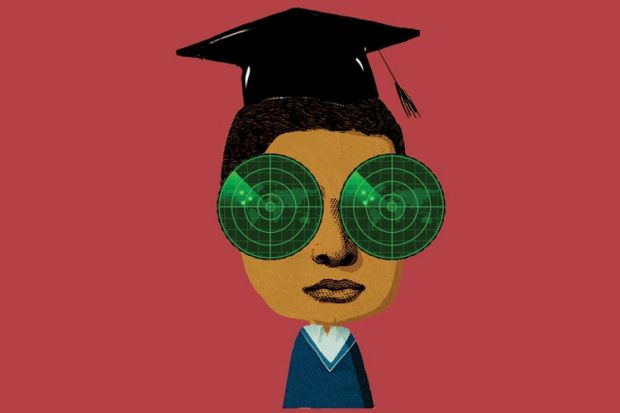Amid all the attention that university rankings attract, their shortcomings are often overlooked. Not only are league tables of institutions based on indicators that take no account of the social and public-good aspects of education, they also perpetuate a global bias. Consider the Times Higher Education World University Rankings. Its key assessments look at an institution’s teaching, international outlook, industry income, research output and volume of citations. Such parameters skew the rankings towards universities in the most developed countries.
The fundamental job of a university is teaching and learning. But must every institution focus on research to enhance its teaching and learning experience? Would it not be useful and important for at least some universities to produce “job-ready individuals” rather than “think-ready individuals”, or to produce some combination of “action leaders” and “thought leaders”?
India is a country of countries: each state is linguistically and culturally distinct. National institutions such as the University of Delhi and the Indian Institutes of Technology have students from almost all states, which means that their multiculturalism is on a par with that of leading global universities. Nevertheless, Indian institutions score negligible points on the international outlook parameter.
Rankings also fail to capture the high-impact and socially relevant work that is being done in India’s regional and community-oriented institutions to offer inclusive education and bridge tremendous social gaps by bringing together students from vastly different communities who otherwise could not afford higher education. At top-ranked universities, the cohort is much more homogeneous: students are typically all from the global upper strata.
Centurion University of Technology and Management, in the eastern state of Odisha (formerly Orissa), is an example of this wider university project. Here, school dropouts, vocational trainees, graduate engineers and PhD students all live and dine together; they use the same labs and play on the same sports teams. By fostering a truly inclusive experience, Centurion allows education to be the public good it should be.
Rankings distort public perceptions of the services delivered by a university. Thus many big companies donate to top-ranked universities to signal their own elite nature instead of helping institutions that serve a local community or region.
Despite its lack of financial support or rankings success, Centurion is determined to generate economic value for its region. Through relevant, appropriate education, employability training and industry ties, it strives each year to help 15,000 young people from marginalised communities into work, with a goal of 100,000 by 2022. Centurion has also created many social entrepreneurship initiatives. One, Gram Tarang Inclusive Development Services, has brought banking and financial services to 4 million of some of the most remote households in rural India.
In reflecting on one component of rankings success – citations – it strikes me that researchers worldwide should be citing Centurion’s work, rather than Centurion’s scholars citing other researchers. Alas, this does not happen; rankings continue to neglect real-world impact.
As a young institution, we are still redefining our community impact through education and refining how to maximise it. All we can hope is that the model for ranking higher education institutions continues to evolve with a similar sense of integrity. Institutions making a real difference to the problems of remote and rural regions must be acknowledged, even if they are not ranked. The parties involved in university rankings have organisational, social and individual responsibility for showcasing such invisible, unsung and voiceless institutes.
